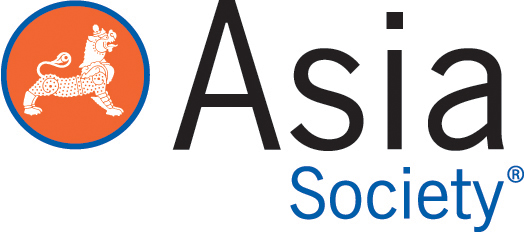People may argue about climate change, but few can ignore the fact that extreme weather events have become increasingly prevalent in recent years. From hurricanes Isaac and Sandy — which wreaked havoc on the United States’ east coast — to the devastating Typhoon Haiyan in the Philippines, it’s clear that urban hubs across the globe need to address the challenge of ensuring they are resilient to future natural disasters.
Tonight in San Francisco, the Pacific Cities Sustainability Initiative, a collaboration between Asia Society and the Urban Land Institute, plays host to Cities at Risk, an event intended to evaluate the efficiency of past resiliency efforts while keeping an eye on future natural disasters. Tonight also marks the official release of a new PCSI report entitled Creating Resilient and Livable Cities, which you can download here.
In anticipation of tonight’s event, Asia Blog spoke to 2013 Google USAID ICCM Fellow Celina Agaton, who specializes in cross-sector community engagement and creating policies for cities as they recover from natural disasters. At PCSI’s forum in Manila earlier this year, Agaton participated in a panel discussion on the role of housing and community networks in creating resilient cities.
Can you tell us how mapping and communications technology has been harnessed to facilitate disaster recovery and reconstruction in the Philippines after the destruction caused by Typhoon Haiyan?
Communication tools are at the core of every disaster response in order to quickly assess damage and verify reports of community needs. The absence of a public cross sector disaster response communications platform combined with damaged or limited cell phone and internet coverage in many areas forced citizens turn to social networks. Facebook, Twitter, Google Docs, and text messaging were used to share and organize information and logistics on missing persons, damaged infrastructure, risk areas and aid needs and deliveries.
Mapping platforms such as Google Crisis Map, OpenStreetMap, and Map Action, among many others provided maps to local and international aid agencies often collaborating with local and national government units and their respective mapping divisions to update information on damage and aid. Portable radio stations and phone hotlines were launched in areas with limited connectivity. Drones are currently being used to provide quicker access to mapping damaged areas, and we’re currently working on establishing a drone network and drone nodes to improve information sharing and to better prepare and provide for ongoing mapping needs.
Even white space technology, which is the use of available television station channels to broadcast widespread broadband internet, was repurposed to provide communications after the typhoon. This was being piloted for the purposes of fisheries registrations in remote communities.
Read the full interview in Asia Society.
